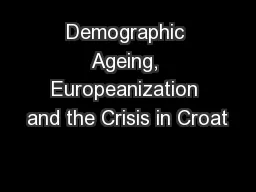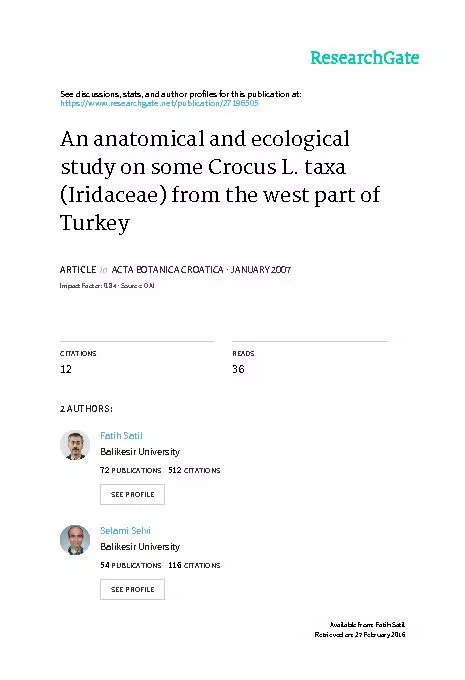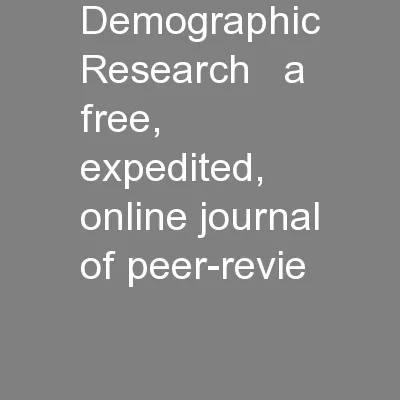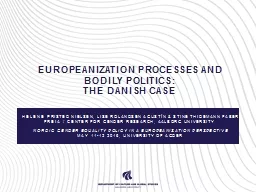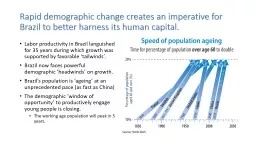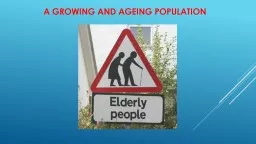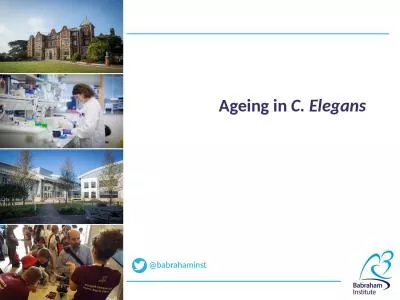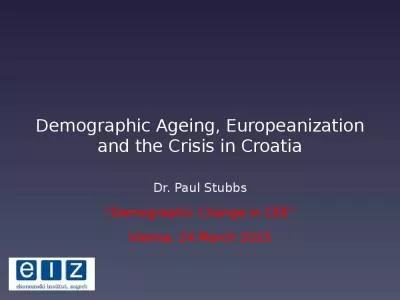PPT-Demographic Ageing, Europeanization and the Crisis in Croat
Author : tawny-fly | Published Date : 2016-04-07
Dr Paul Stubbs Demographic Change in CEE Vienna 24 March 2015 Contexts Demographic ageingdeclining population since 1991 war low birth rates migration Low and falling
Presentation Embed Code
Download Presentation
Download Presentation The PPT/PDF document "Demographic Ageing, Europeanization and ..." is the property of its rightful owner. Permission is granted to download and print the materials on this website for personal, non-commercial use only, and to display it on your personal computer provided you do not modify the materials and that you retain all copyright notices contained in the materials. By downloading content from our website, you accept the terms of this agreement.
Demographic Ageing, Europeanization and the Crisis in Croat: Transcript
Download Rules Of Document
"Demographic Ageing, Europeanization and the Crisis in Croat"The content belongs to its owner. You may download and print it for personal use, without modification, and keep all copyright notices. By downloading, you agree to these terms.
Related Documents

